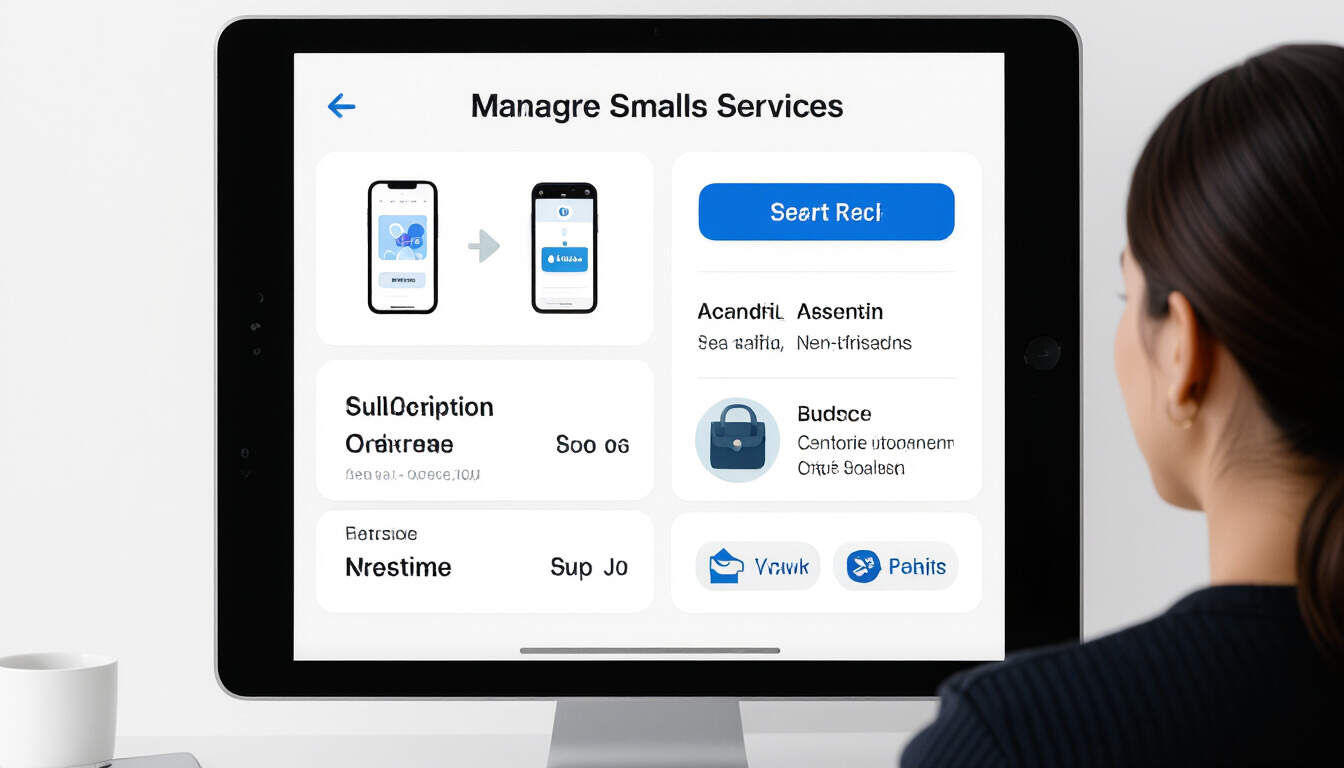Designing User Experience for Micro-Subscription Models
 by Verner Mayer
by Verner Mayer
Explore how effective user experience design can transform micro-subscription services, offering practical strategies for businesses to boost retention and satisfaction in small-scale recurring payments.

Micro-subscription models have emerged as a key approach for businesses seeking steady revenue from small, recurring payments. These models involve low-cost subscriptions that provide access to digital content, apps, or services. For instance, users might pay a few dollars monthly for premium features in an app. Good user experience design plays a vital role in making these subscriptions appealing and easy to manage.
The Basics of Micro-Subscriptions
In these models, subscriptions are often priced under a certain amount to reduce barriers for customers. This setup allows companies to build loyalty through consistent value delivery. Micro-subscriptions differ from traditional ones by focusing on affordability and simplicity. They help small businesses create ongoing relationships without overwhelming initial commitments.
Effective design ensures that users can sign up quickly and understand what they are getting. For example, a clear interface with intuitive navigation lets customers see benefits right away. This approach can lead to higher adoption rates among e-commerce enthusiasts.
Why User Experience Matters
A strong user experience can significantly impact retention in subscription commerce. When interfaces are straightforward, users are more likely to continue their payments. Poor design, on the other hand, might cause frustration and cancellations. Businesses need to prioritize elements like ease of access and personalized options to keep customers engaged.
Consider how a well-designed dashboard can show usage stats or upcoming charges. This transparency builds trust and encourages renewal. For entrepreneurs, investing in such features means better long-term success.
Strategies for Effective Design
To improve user experience, start with mobile optimization. Many users access subscriptions via phones, so responsive designs are essential. Use simple layouts with minimal steps for sign-up processes. Subscription commerce thrives when barriers are low, allowing quick decisions.
Another strategy involves feedback mechanisms. Include options for users to rate their experience or suggest changes. This data helps refine the service over time. For small business owners, tools like surveys can provide insights without complex setups.
Personalization is also key. By tailoring content based on user behavior, companies can make subscriptions feel more relevant. For example, recommend add-ons that match past interactions. Such tactics enhance satisfaction and reduce churn rates.
Real-World Applications
Many apps use micro-subscriptions successfully by focusing on seamless integration. A fitness app might offer daily tips for a small fee, with an interface that tracks progress easily. This setup keeps users motivated and likely to renew.
In the e-commerce space, platforms sell digital goods like e-books through these models. By ensuring fast downloads and easy account management, they maintain user interest. Entrepreneurs can learn from this by testing designs with small groups first.
Challenges often arise with payment processing. Handling various currencies or payment methods requires careful planning. Solutions include partnering with reliable providers to streamline transactions. This way, the focus stays on the core experience rather than technical issues.
Benefits and Potential Drawbacks
The main benefit of good user experience design is increased loyalty. Users who enjoy a service are more willing to continue paying. This leads to predictable income for businesses. Additionally, positive experiences can drive word-of-mouth recommendations, expanding reach.
However, drawbacks exist if design efforts fall short. Overly complex features might confuse users, leading to drop-offs. To counter this, keep updates simple and test regularly. Small business owners should view design as an ongoing process, not a one-time task.
Tips for Implementation
When starting with micro-subscriptions, begin by defining your audience. Understand their needs to create targeted designs. Use analytics to track engagement and identify pain points. For instance, if users abandon sign-ups at a certain stage, simplify that step.
Incorporate visual elements like icons or color schemes that align with your brand. This creates a cohesive feel that resonates with users. Remember, the goal is to make interactions enjoyable and efficient.
Finally, monitor trends in the field. As technology advances, new tools emerge that can enhance designs. By staying informed, entrepreneurs and e-commerce enthusiasts can adapt quickly and maintain competitive edges.
In summary, focusing on user experience in micro-subscription models offers practical ways to build sustainable businesses. With thoughtful strategies, these models can provide lasting value for both companies and customers.
